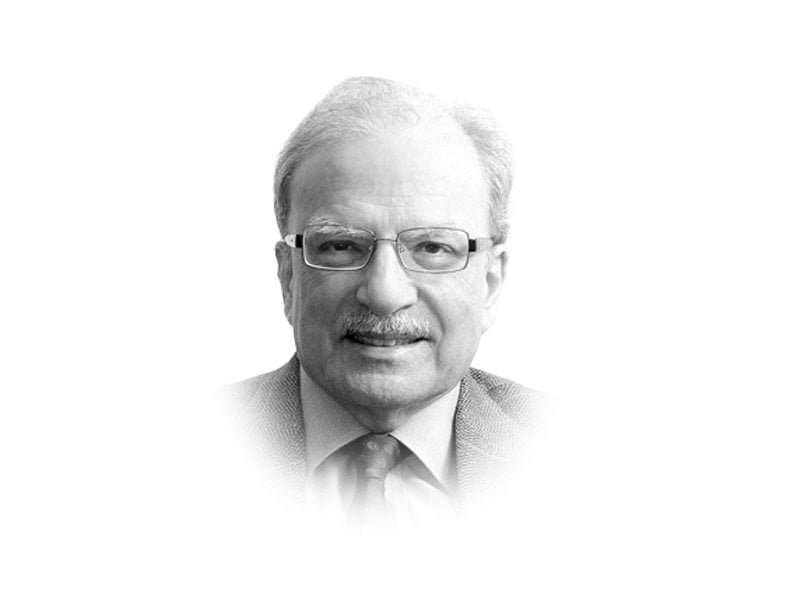
The main theme of the book was that the realignment of the relative positions of several global and near-global powers had created a situation that could not be handled by the existing global structures. The institutions that were fashioned after the conclusion of the Second World War had lost much of their relevance. The structure then created was meant to deal with the world that then existed. The war had ended with the United States replacing the United Kingdom as the dominant economic and military power. The Soviet Union, the other victor of the global conflict, chose to stay out of the system. With its collapse in 1991, the US was left alone to dominate the global scene while Russia struggled to retain some influence in the global system.
The book was written in the summer of 2016, a few months before the election of Donald Trump as the US president. Trump won the election by promising to “make America great again.” This was interpreted by those who opposed him as “making America white and Christian again.” Once in office, the new president moved quickly and unthinkingly to dissolve several parts of the old system without putting anything new in their place. The result is global chaos, particularly in the area in which Pakistan is located. Pakistan has to be mindful of what is happening in the US, China, India, Afghanistan, Russia and the Middle East. It neighbours four of these six political entities. They are in the throes of enormous transformation and it is hard to predict which way they will go. A great deal of this change can be attributed to the arrival of Trump in the White House.
America was to become great again by focusing on only its own interests. Not given to deep thought or reflection, some of what Trump did could not have been in America’s long-term interest. Within days of taking office, Washington walked out of the Trans-Pacific Partnership agreement negotiated by Barack Obama. The TPP would have created a trading system that would have given enormous advantage to American corporations. Trump also got involved on the wrong side of the Middle East equation and left the Afghan issue in the lap of the generals. And, he changed his approach to China.
Two moves by President Trump — one with respect to Afghanistan and the other relating to the Middle East — will greatly matter for Pakistan. For the former — the subject of the article today — the decision concerning the number of American troops who will operate in the country has been left to the defence chief, Jim Mattis. The generals have admitted that the 16-year war is not being won. In his appearance before the Senate Armed Forces Committee, Mattis accepted that “the Taliban had a good year last year, and they’re trying to have a good one this year.” He indicated that the course could change. The previous surge took place under Obama when he announced in a speech at the US Military Academy in 2009 that he was sending 30,000 additional troops to the country. At the same time, he gave a timeline for the withdrawal of the US forces. This indication of a withdrawal time-table was controversial. Many experts believed that it emboldened the Taliban who began to map out their long-term strategy.
While the indication is that the American strategy is still being thought through, the idea seems to be to provide just enough American presence to help President Ashraf Ghani to keep the Taliban at bay. Over the last several weeks the insurgents have mounted daring and costly attacks in the middle of Kabul that have shaken the Ghani government. Would the arrival of more American troops change the balance between the government and the Taliban? One answer to the question was provided by retired army Lt Gen David Barno who led the American war effort in Afghanistan for 19 months beginning in the fall of 2003. “I’m sceptical,” he said. “I know the region and the environment and the sanctuaries they have and the amount of resilience they have. None of these things are amenable to a large number of troops being able to defeat the insurgency.”
Mattis seems to accept that much more than a military approach to solving the Afghanistan imbroglio is needed. “We would have to change the priorities, we would have to factor in a more regional construct.” And when the American authorities speak of a regional construct, they have both Pakistan and China in mind. It is not clear however what they have in mind that Pakistan and China should do to bring peace to this land destroyed by decades of war. These two as well as other Afghanistan neighbours will need to confront another reality: the arrival of the Islamic State in Afghanistan. Raqqa, the IS capital in eastern Syria, is likely to fall soon. Deprived of a physical presence, the Islamists would wander into other troubled and weakly governed areas such as Afghanistan.
Published in The Express Tribune, June 26th, 2017.
Like Opinion & Editorial on Facebook, follow @ETOpEd on Twitter to receive all updates on all our daily pieces.


1725443747-0/Untitled-design-(5)1725443747-0-165x106.webp)











COMMENTS
Comments are moderated and generally will be posted if they are on-topic and not abusive.
For more information, please see our Comments FAQ